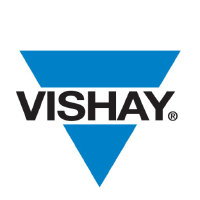
Vishay Intertechnology Inc
NYSE:VSH
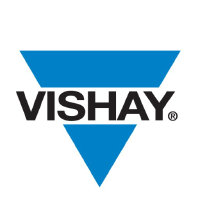
 Vishay Intertechnology Inc
Revenue
Vishay Intertechnology Inc
Revenue
Vishay Intertechnology Inc
Revenue Peer Comparison
Competitors Analysis
Latest Figures & CAGR of Competitors

| Company | Revenue | CAGR 3Y | CAGR 5Y | CAGR 10Y | ||
|---|---|---|---|---|---|---|

|
Vishay Intertechnology Inc
NYSE:VSH
|
Revenue
$2.9B
|
CAGR 3-Years
-3%
|
CAGR 5-Years
2%
|
CAGR 10-Years
2%
|
|
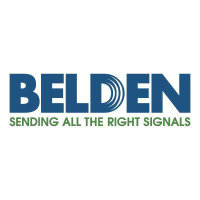
|
Belden Inc
NYSE:BDC
|
Revenue
$2.5B
|
CAGR 3-Years
2%
|
CAGR 5-Years
3%
|
CAGR 10-Years
1%
|
|

|
Corning Inc
NYSE:GLW
|
Revenue
$13.1B
|
CAGR 3-Years
-2%
|
CAGR 5-Years
3%
|
CAGR 10-Years
3%
|
|
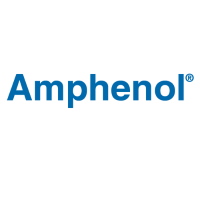
|
Amphenol Corp
NYSE:APH
|
Revenue
$16.8B
|
CAGR 3-Years
14%
|
CAGR 5-Years
16%
|
CAGR 10-Years
12%
|
|

|
Littelfuse Inc
NASDAQ:LFUS
|
Revenue
$2.2B
|
CAGR 3-Years
2%
|
CAGR 5-Years
8%
|
CAGR 10-Years
10%
|
|

|
Coherent Corp
NYSE:COHR
|
Revenue
$5.3B
|
CAGR 3-Years
18%
|
CAGR 5-Years
25%
|
CAGR 10-Years
22%
|
|
Vishay Intertechnology Inc
Revenue Breakdown
Breakdown by Geography
Vishay Intertechnology Inc

|
Total Revenue:
2.9B
USD
|
|
Asia:
1.1B
USD
|
|
Germany:
871.5m
USD
|
|
United States:
761.2m
USD
|
Breakdown by Segments
Vishay Intertechnology Inc

|
Total Revenue:
2.9B
USD
|
|
Resistors Are Basic Components Used In All Fo...:
725.6m
USD
|
|
Mosfets Segment:
602m
USD
|
|
Diodes Segment:
582m
USD
|
Vishay Intertechnology Inc
Glance View
Vishay Intertechnology Inc., founded in 1962 by Dr. Felix Zandman, began as a pioneer in the electronics components industry and has since grown into one of the largest manufacturers of discrete semiconductors and passive electronic components. The company, headquartered in Malvern, Pennsylvania, has carved a niche in producing key components that are crucial for an array of technologies driving modern industries. From resistors and capacitors to diodes and integrated circuits, Vishay's products are at the heart of electronic devices, lying quietly within the complex architecture of electronic systems and enabling them to operate smoothly. What sets Vishay apart is its vast product diversity and a strong capacity for innovation, continually refining its offerings to meet the power, signal, and circuit design needs of its many industrial, automotive, computing, and consumer electronics clients. The essence of Vishay's operations lies in its ability to integrate high-quality manufacturing processes with its extensive research and development capabilities. This combination not only allows the company to produce reliable and efficient components but also to stay ahead of emerging industry trends. Its revenue streams are diversified, relying not just on sheer volume sales but also on cultivation of long-term relationships with OEMs (Original Equipment Manufacturers) and distributors worldwide. By providing these partners with tailor-made solutions geared towards specific applications, Vishay positions itself as an invaluable contributor to the global electronics value chain. This has enabled the company to maintain a steady financial performance and reinforce its market presence across different technological sectors, in alignment with the evolving needs and complexities of digital transformation globally.

See Also
What is Vishay Intertechnology Inc's Revenue?
Revenue
2.9B
USD
Based on the financial report for Dec 31, 2024, Vishay Intertechnology Inc's Revenue amounts to 2.9B USD.
What is Vishay Intertechnology Inc's Revenue growth rate?
Revenue CAGR 10Y
2%
Over the last year, the Revenue growth was -14%. The average annual Revenue growth rates for Vishay Intertechnology Inc have been -3% over the past three years , 2% over the past five years , and 2% over the past ten years .





















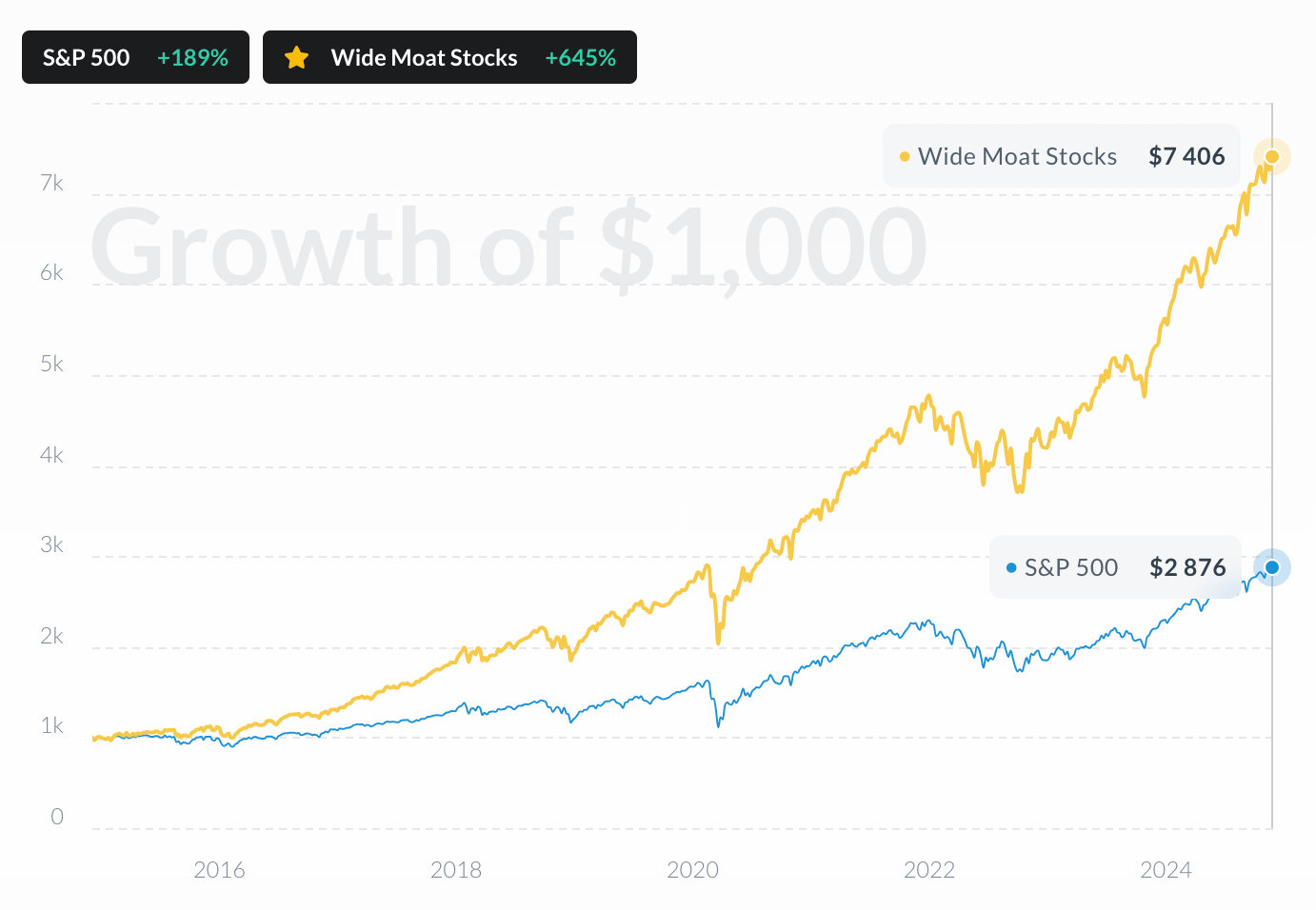



























 You don't have any saved screeners yet
You don't have any saved screeners yet